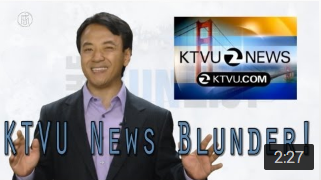In the United States, fair use is determined by a judge, who analyzes how each of the four factors of fair use applies to a specific case.
1. The purpose and character of the use, including whether such use is of commercial nature or is for nonprofit educational purposes
Courts typically focus on whether the use is “transformative.” That is, whether it adds new expression or meaning to the original, or whether it merely copies from the original. Commercial uses are less likely to be considered fair, though it’s possible to monetize a video and still take advantage of the fair use defense.
2. The nature of the copyrighted work
Using material from primarily factual works is more likely to be fair than using purely fictional works.
3. The amount and substantiality of the portion used in relation to the copyrighted work as a whole
Borrowing small bits of material from an original work is more likely to be considered fair use than borrowing large portions. However, even a small taking may weigh against fair use in some situations if it constitutes the “heart” of the work.
4. The effect of the use upon the potential market for, or value of, the copyrighted work
Uses that harm the copyright owner’s ability to profit from his or her original work are less likely to be fair uses. Courts have sometimes made an exception under this factor in cases involving parodies.


